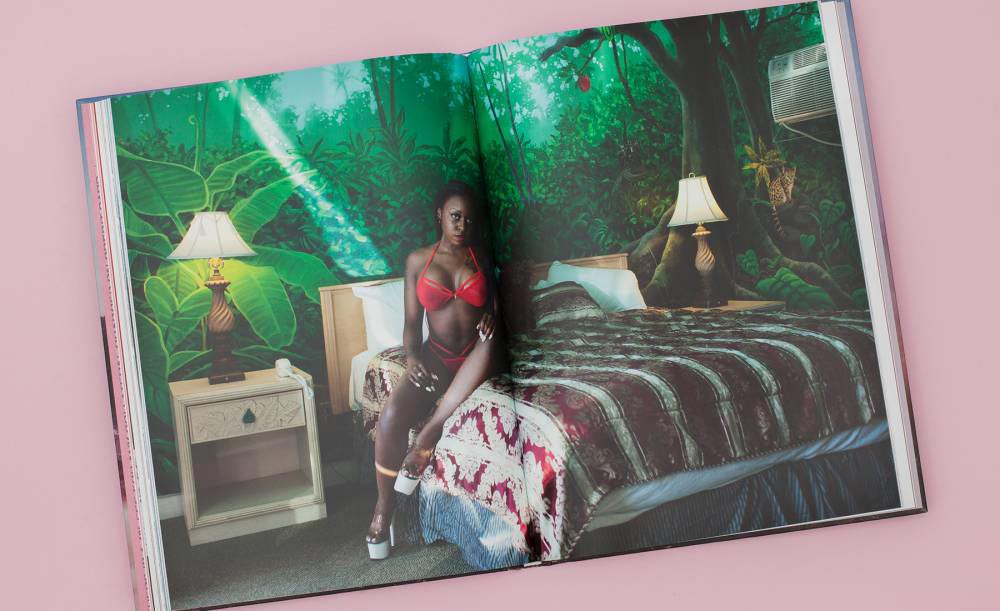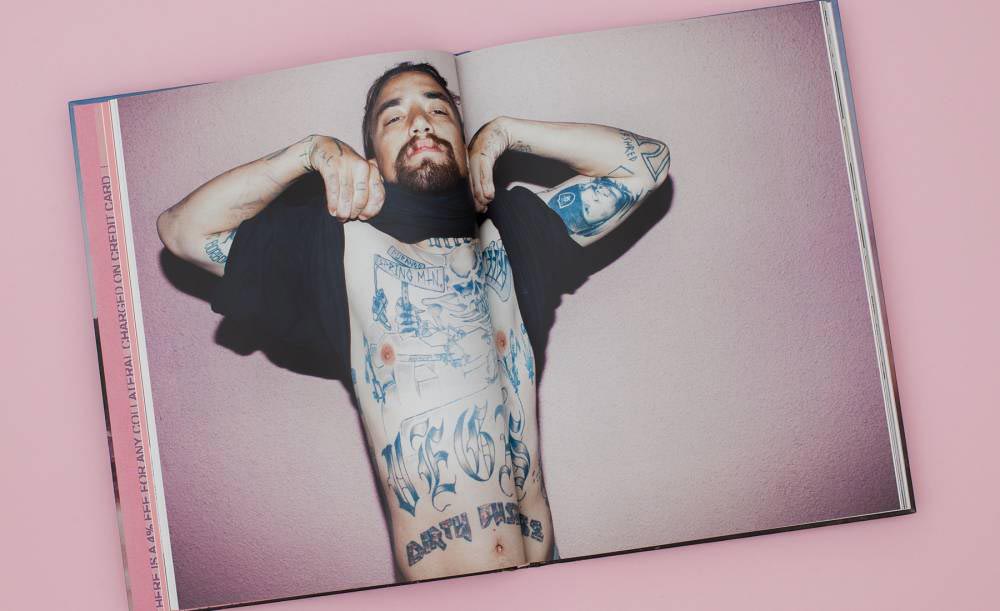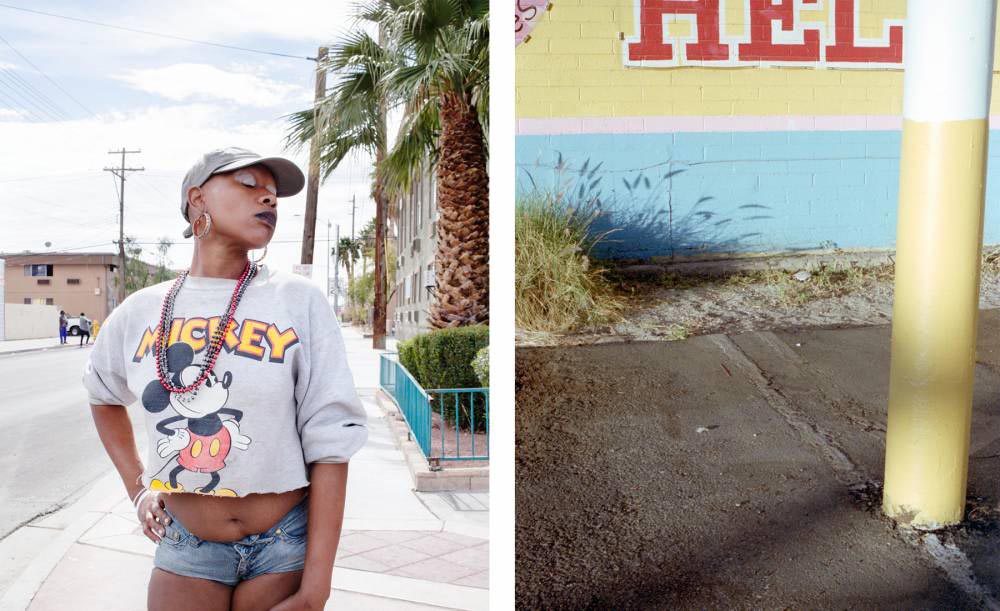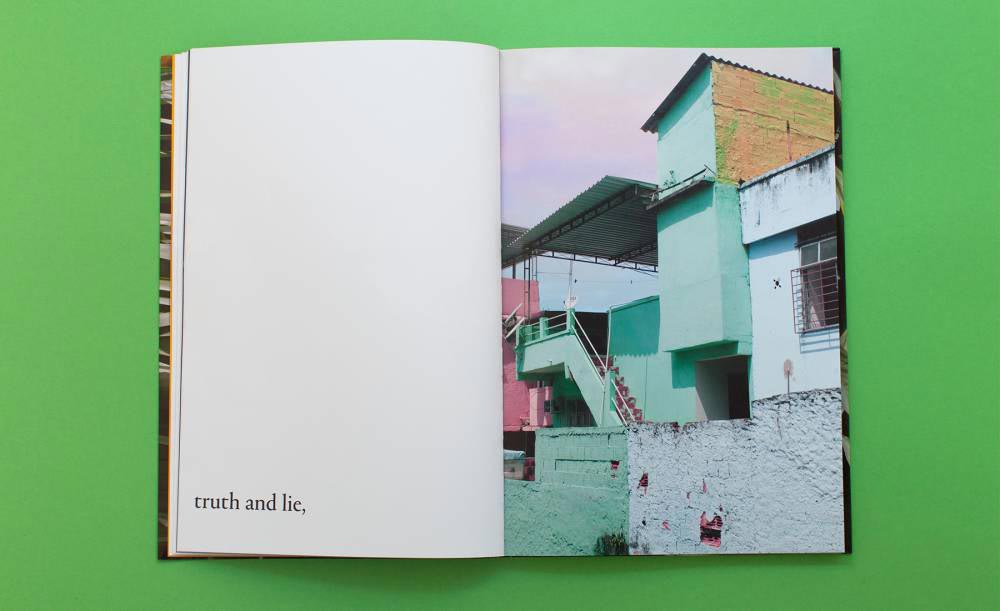Inside the creative mind of Stefanie Moshammer
We met the Austrian-born photographer and spoke to her about becoming who she is, her creative process, the value of construction and deconstruction and other key points of her career and work experience. Besides being nominated for multiple awards, Stefanie has already published multiple photo books and her work is frequently displayed in magazines, festivals and galleries around the globe, as well as used in advertising.
For Stefanie, deconstruction of the self is a constant and ongoing process. She says that there is an immanent deconstruction happening in your artistic process, as soon as you start with a new work or engage in new ways of doing it. Trying to find your own red line is important, however switching ideas and challenging yourself is a crucial part for her. It happens indirectly and through that you are able to construct new things.
“Deconstruction is more of an indirect and mental process for me.”


She says that in the beginning of her career, starting out as a young photographer, her way of working and thinking was more naive and intuitive. Caring less about the outcome of the work, more about the creation process. Part of the professional maturing process is breaking this naivety partially and creating a more aware and constant flow. She still works intuitively and misses the times it was easier for her to fully rely on it. For her it’s an ongoing struggle and balancing act.


She appreciates the purity, realness and rawness of unstated or unposed photos, however adds to this thought that photos are always subjective, since it’s still the photographer’s cropping, wish and way of seeing the frame of it.
“Nothing is black and white. It’s always about the grey zone, the in-between.”
Contrasting her work is an important part for her, telling us that she tries to find a line between good and bad, black and white, dark and light – the greyzone, the in-between – and filtering it out.

Working abroad, in places that might be dangerous or critical in terms of safety and comfort, she tries to connect with locals and people she meets, to create her own comfort zone. If the foundation and surroundings for her workspace are not ok, she simply won’t shoot or work there. It sometimes has to do with an intrinsic feeling she gets.
“Finding complexity in my work is an organic process.”
The complexity of her work, or filtering it out, for her, is an organic process. If an image or a photo is too straight forward or easy to read, she tries to change the object, deepen the personality and really get in touch with the surroundings. May that be people or places. She says that usually the places she tries to picture and the people there are far from simple, which can sometimes make it easy but at times also very hard to find the right access.

Listen to Stefanie’s lovely compiled playlist in our 12th edition of Press Forward.
Visit Stefanie’s online presence via her Website, Instagram or Facebook!